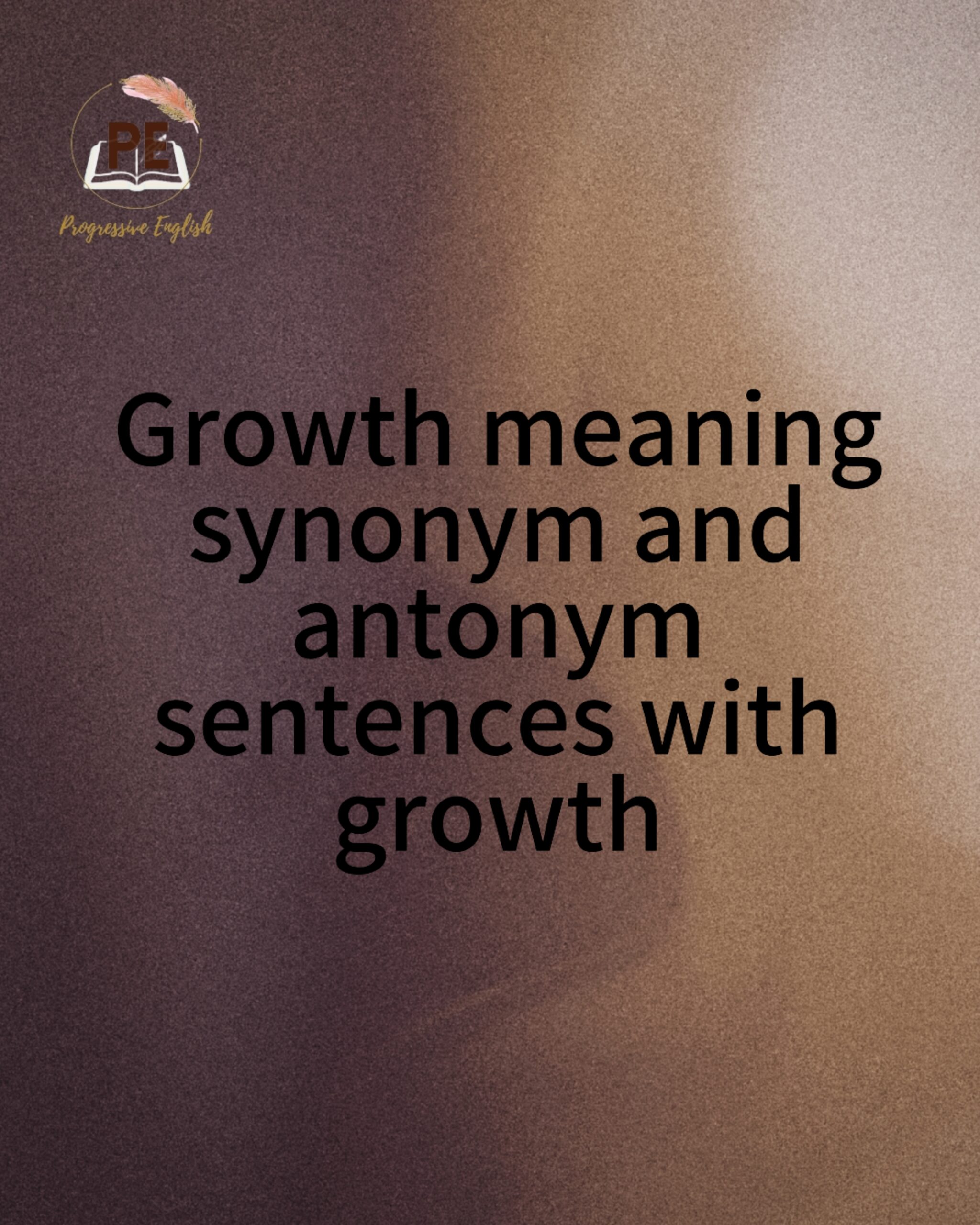Here is a list of vocabulary related to film:
Film: A medium used for capturing and displaying moving images.
Director: The person responsible for overseeing the artistic and creative aspects of a film.
Producer: The individual or team responsible for managing the overall production of a film, including financial and logistical aspects.
Screenplay: The written script or blueprint of a film, which includes dialogue, actions, and scene descriptions.
Cinematography: The art and technique of capturing and recording images on film or digitally.
Editing: The process of selecting and arranging filmed or recorded footage to create a final version of a film.
Scene: A sequence of continuous action within a film that takes place in a specific location or time.
Shot: A single, continuous sequence of film, capturing a specific image or moment.
Frame: A single image within a filmstrip or video sequence.
Camera: The device used to capture images and record footage for a film.
Lighting: The setup and arrangement of lights to achieve desired visual effects in a film.
Soundtrack: The collection of music and audio elements used in a film.
Dialogue: The spoken words between characters in a film.
Genre: A category or classification of films based on their subject matter, style, or narrative structure (e.g., comedy, drama, action, thriller).
Plot: The sequence of events and actions that make up the story of a film.
Character: A person, animal, or entity portrayed in a film.
Protagonist: The main character or central figure in a film.
Antagonist: The character or force that opposes or conflicts with the protagonist in a film.
Setting: The time and place in which a film’s events occur.
Costume: The clothing and accessories worn by characters in a film.
Special effects: Techniques used to create visual or audio illusions in a film.
Sequel: A film that continues the story of a previous film.
Remake: A new version of a previously made film, often with updated elements.
Box office: The financial success of a film, measured by ticket sales and revenue.
Premiere: The first public showing or screening of a film.
Critic: A person who analyzes and evaluates films, providing reviews and commentary.
Academy Awards: Also known as the Oscars, it is an annual awards ceremony honoring excellence in the film industry.
Cinematic: Relating to or characteristic of the art of making films.
Score: The original musical composition specifically created for a film.
Casting: The process of selecting actors for specific roles in a film.
Montage: A sequence of rapidly edited shots or images to convey information, compress time, or evoke emotions.
Close-up: A shot in which the camera focuses on a specific detail or part of a subject, usually a character’s face.
Wide shot: A shot that captures a broad view of a scene or location, showing a significant amount of space.
Tracking shot: A shot in which the camera moves alongside the subject, either on a dolly or a handheld device.
Pan: A horizontal camera movement from one side to another, often used to scan a scene or follow a character’s movement.
Tilt: A vertical camera movement, where the camera tilts up or down, often used to reveal or emphasize something in a scene.
Fade in/out: A transitional effect where the image gradually appears or disappears on the screen, creating a fade in from black or fade out to black.
Jump cut: An abrupt transition between two shots that creates a jarring or discontinuous effect, often used for stylistic or dramatic purposes.
Establishing shot: An initial wide or long shot that establishes the location or setting of a scene, providing context for the following shots.
Costume design: The process of creating and selecting costumes for characters in a film, including clothing, accessories, and makeup.
Art direction: The overall visual design and style of a film, including sets, props, and visual elements.
Sound design: The process of creating and manipulating audio elements, including dialogue, music, and sound effects, to enhance the film’s storytelling.
Foley artist: A specialist who creates and records everyday sound effects, such as footsteps or door creaks, to be added to a film during post-production.
Steadicam: A camera stabilization system that allows for smooth handheld shots, providing stability and flexibility in capturing movement.
Aerial shot: A shot taken from above the ground, often using drones or helicopters, to capture a bird’s-eye view of a scene or location.
CGI (Computer-Generated Imagery): The use of computer graphics and visual effects to create or enhance elements within a film, such as creatures, environments, or explosions.
Blocking: The planned movement and positioning of actors within a scene, coordinated with the camera and other elements.
Dissolve: A transitional effect where one shot gradually fades out while the next shot simultaneously fades in, creating a blending or overlapping effect.
MacGuffin: An object, event, or goal that drives the plot and motivates the characters, but may have little actual importance to the story itself.
Cinéma vérité: A style of documentary filmmaking that emphasizes realism and authenticity, often involving unscripted situations and natural performances.


